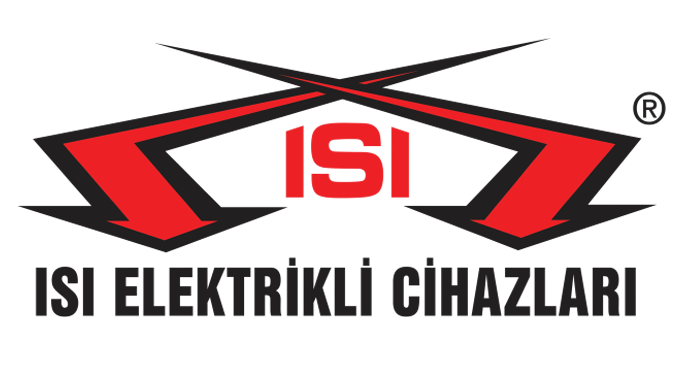Textile Industry Heaters
Heaters in the textile industry are devices commonly used in industrial machinery to convert electrical energy into heat. This heat is utilized in various textile processes such as drying, pressing, thermal treatment, or carrying out chemical procedures. Heaters play a significant role in these processes. Moreover, specialized heaters are employed in color fixation processes within the textile sector. These heaters are used to achieve the desired color tone of the fabric under specific temperature and humidity conditions. Heaters utilized in the textile industry are considered crucial elements to enhance production efficiency and ensure product quality.Applications of Textile Heaters
- Drying Machines: In the production process of textile products, drying washed or dyed fabrics is necessary. This drying process is typically carried out using heated air or heating elements (heaters).
- Printing Machines: Printing machines are used to print patterns, logos, or graphics on textile products. Some printing machines require high temperatures for permanent printing. Heaters are used to provide temperature control in such printing machines.
- Heating and Pressing Machines: Heating and pressing machines are used to shape and correct textile products. Heaters in these machines provide high temperatures to achieve the desired shape of the products.
- Dyeing Machines: Heaters play an important role in dyeing machines used for coloring, dyeing, or processing textile products. Temperature control during the dyeing process is critical for the consistency and quality of the dye.
- Fabric Calibration: Heated rollers are used in fabric production to adjust the thickness, tension, and other properties of the fabric. Heaters can be used to heat these rollers and control their temperature.
- Sewing Machines and Thermal Cutting Machines: Textile products' stitches or edges are sometimes cut or sealed using heating elements. Heaters are used to provide heat for such processes.
Advantages of Textile Heaters
- High Heat Efficiency: Heaters directly convert electrical energy into heat energy, ensuring high efficiency. This allows textile products to be heated and dried quickly.
- Rapid Heat Transfer: Heaters can heat up quickly at high temperatures, saving time in production processes and increasing production efficiency.
- Precise Temperature Control: Modern heater systems provide precise temperature control, enhancing product quality. This feature ensures that textile products are processed at the desired temperature while maintaining their quality.
- Longevity and Durability: Quality heaters are often made of durable materials, contributing to their long lifespan. This reduces operating costs and ensures production continuity.
- Flexibility and Customization: Heaters can be customized for different textile processes and equipment. They can be manufactured in different sizes, shapes, and power levels to meet various production needs.
- Environmentally Friendly Options: Environmentally friendly heaters made from sustainable materials are available today. This helps textile manufacturers reduce their environmental impact and support sustainability goals.
- Easy Installation and Maintenance: Heater systems generally require easy installation and maintenance, making operational processes more efficient and reducing production losses.
- Safety: Heater systems are designed and manufactured according to safety standards. Safety systems activate in case of overheating, overcurrent, and other abnormal situations, preventing harm to workers and equipment.
Technical Specifications of Textile Heaters
- Power: The power of heaters is typically measured in watts (W). Power determines the heating capacity of the heater and can vary depending on the environment in which textile products are processed.
- Voltage: Heaters operate within a specific voltage range. This voltage range may vary depending on the design and intended use of the heater. Typical voltage values include 110V, 220V, 380V, and so on.
- Material: Heaters are generally made of materials such as nickel-chromium alloy wire or film. These materials are resistant to high temperatures and have electrical resistance.
- Size and Shape: The sizes and shapes of heaters vary depending on the application and intended use. They can be cylindrical, flattened, bent, or coiled. Dimensions are designed to fit the size of production equipment and requirements.
- Temperature Range: The operating temperature range of heaters is determined by the processing requirements and safety standards of textile products. Some heaters operate at low temperatures, while others can withstand very high temperatures.
- Protective Coating and Insulation: Heaters are typically placed inside an insulated casing or protective coating. This prevents electric shock during operation and enhances safety.
- Mounting and Connection Methods: The mounting and connection methods of heaters vary depending on the intended use. Some heaters are mounted directly inside equipment, while others are connected externally via connection terminals.
Textile Industry Heaters

-500x500.jpg)
-500x500.jpg)
-500x500.jpg)
-500x500.jpg)
-500x500.jpg)
-500x500.jpg)